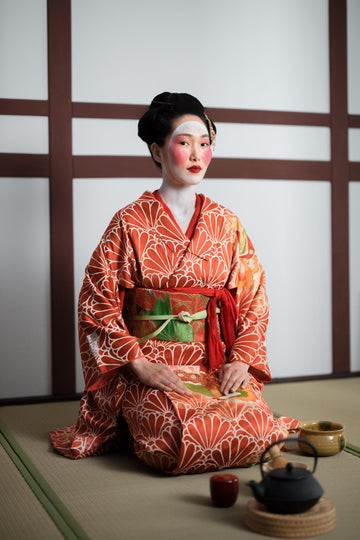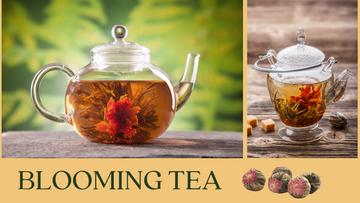From Monks to Matcha: Tracing the Rich History of Tea in Japan
によって Nikita Mittal オン Jul 31, 2023

Japan has made significant contributions to every important aspect of life, touching diverse domains with its unique gifts.
In the realm of technology, Japan has given us innovations in Robotics, Sony, and Fujitsu. These companies have continuously pushed the boundaries of technological advancement, revolutionizing the world with their cutting-edge products and services.
Moving to personal development, Japan has blessed us with the inspiring concept of IKIGAI. This philosophy encourages individuals to find their purpose in life by balancing passion, profession, mission, and vocation, leading to a more fulfilling and meaningful existence.
Japan's cultural richness shines through the captivating Juita mai dance. This beautiful art form, with its elegant movements and intricate expressions, has enchanted audiences worldwide, providing a glimpse into the depth and splendor of Japanese culture.
Today, at Mittal Teas, we are excited to present the rich history of tea culture in Japan, shedding light on the profound impact Japan has had on the world of teas.

Early Beginnings: From China to Japan
Tea's journey in Japan began around the 9th century when Buddhist monks returning from China introduced this fascinating beverage to the country. Tea was initially used for medicinal purposes and as a symbol of spiritual enlightenment, finding its way into the rituals of Buddhist monks.
The Tea Ceremony and the Way of Tea
During the Kamakura period (1185-1333), tea culture gained momentum, becoming intertwined with Zen Buddhism and the emergence of "Chanoyu" - the Way of Tea. The tea ceremony, with its emphasis on simplicity, mindfulness, and harmony, became a refined art form that celebrated the beauty of the present moment.
Matcha: The Vibrant Green Powder
Matcha, a vibrant green powdered tea, emerged as a significant part of Japanese tea culture during the 12th century. This treasured tea is made from shade-grown tea leaves, hand-picked and carefully stone-ground into a fine powder. Matcha's unique preparation method allows for the consumption of the whole leaf, bestowing upon it an abundance of antioxidants and a distinctive flavor profile.
Sencha: A Daily Ritual
Sencha, the most popular green tea in Japan, became widely consumed during the Edo period (1603-1868). Unlike Matcha, Sencha is made from steamed tea leaves and does not involve grinding. With its fresh, grassy taste and gentle caffeine kick, Sencha became an integral part of Japanese daily life.
Hojicha and Genmaicha: Innovations in Tea Culture
In the 1920s, the Japanese tea market saw the rise of Hojicha, a roasted green tea with a warm, toasty flavor and low caffeine content. Hojicha's delicate taste made it an ideal choice for evening consumption. Around the same time, Genmaicha, a blend of Sencha or Bancha with roasted brown rice, gained popularity for its unique nutty taste and affordable price, making it accessible to all.

Gyokuro: The Jewel Dew of Tea
Gyokuro, a premium shade-grown green tea, emerged as the epitome of tea cultivation expertise in Japan. The tea bushes are carefully shaded before harvesting, imparting a rich, sweet flavor and a deep emerald hue to the leaves. Gyokuro's luxurious taste made it a tea treasured for special occasions.
The top five teas - Matcha, Sencha, Hojicha, Genmaicha, and Gyokuro - each hold a unique place in Japanese hearts, reflecting the diversity and richness of tea culture in the country. Beyond their cultural significance, these teas also bring an array of health benefits, nourishing both the body and soul of the Japanese people. With each cup of tea, they celebrate not only their rich heritage but also the simple joys of life, one sip at a time.




